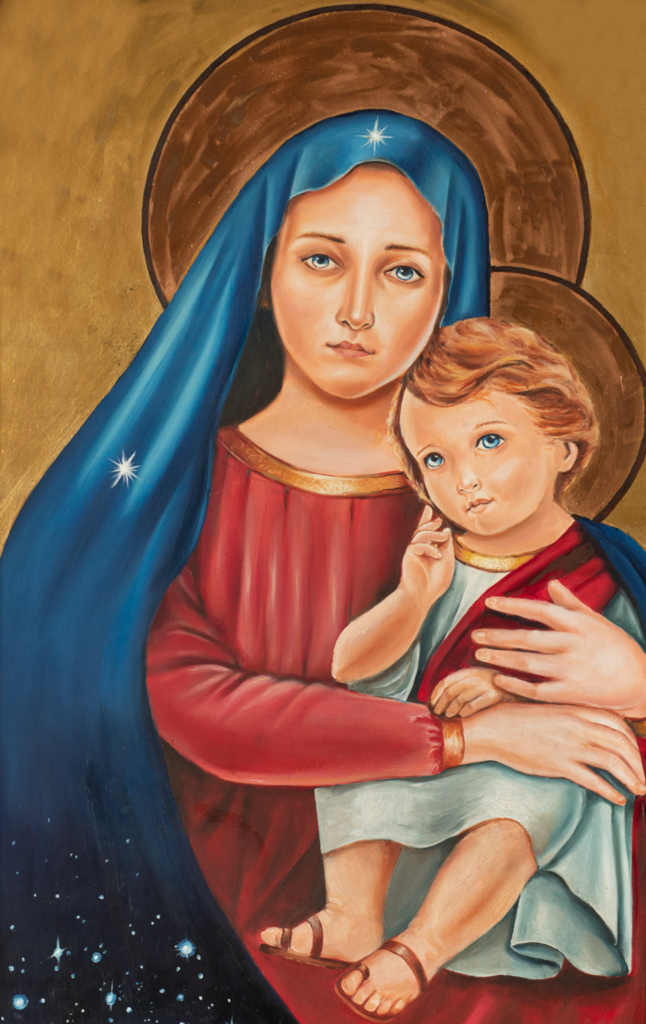
"You servants of the true God, the souls of the righteous, and the humble and the charitable, Praise Him and exalt Him above all."
(Coptic Hymn)

"Give thanks to the Lord for He is good, for His mercy endures forever."
"and the gates of Hades shall not prevail against it"
(Matthew 16:18)
"Lord, it is good for us to be here"
(Matt 17:4)